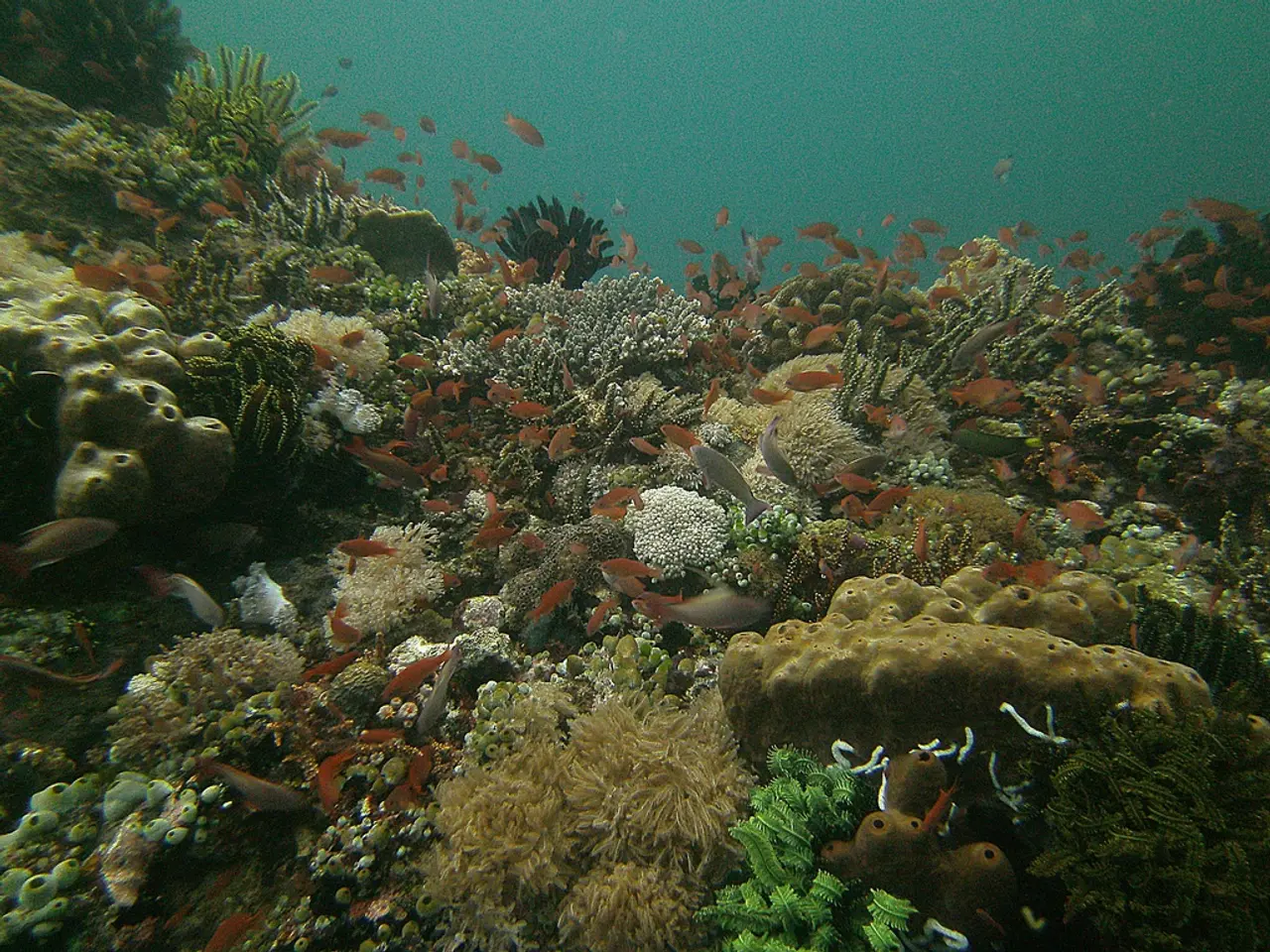Ocean conservation efforts focused on a 30×30 protection target require leadership from local communities
The urgent need to protect our oceans and the livelihoods of small-scale fishers is at the forefront of global discussions, with the United Nations Ocean Conference set to gather leaders from around the world in June to discuss ocean conservation.
Currently, only 8.3% of the ocean is protected, with less than 3% fully protected from human activity. However, research suggests that approximately 190,000 small marine protected areas (MPAs) in coastal regions and an additional 300 large MPAs in remote, offshore areas are needed to meet the 30% target by 2030.
Community-led conservation initiatives are key to achieving this goal. Involving local communities in the planning and management of MPAs ensures that the needs and concerns of local stakeholders are addressed, fostering support and cooperation. This approach has been successful in some coastal communities where designated no-take zones have led to a doubling of fish biomass within 5 years on average.
In Indonesia, members of the Indonesia Traditional Fisherfolk Union are studying and monitoring illegal bottom trawling activities, while in Honduras, local municipalities and fishing communities are asking the government to reserve the first 12 nautical miles from shore for artisanal fishing. In the Philippines, small-scale fishers are asking the highest court in the country to protect municipal waters from commercial fishing.
Government support and policy frameworks are essential to accelerate the establishment of MPAs. National governments should establish policies that empower local governments to lead in MPA establishment, providing necessary funding and resources. Simplifying regulatory processes can also facilitate quicker establishment of MPAs, reducing bureaucratic barriers.
Innovative conservation approaches, such as mixed-use MPAs that allow for sustainable use of resources, and restoration efforts to enhance biodiversity, are also crucial. Education and awareness programs can help garner community support for conservation efforts, while partnerships with private organizations and global cooperation can secure funding and resources.
By implementing these strategies, local governments and communities can effectively contribute to achieving the 30x30 goal of protecting significant portions of the ocean by 2030. This is not just a matter of conservation; it's about securing the food security and livelihoods of the 113 million people, mainly in the Global South, who depend on small-scale fisheries for food and incomes.
This article was originally published on Dialogue Earth under a Creative Commons license. The success stories from Indonesia, Honduras, and the Philippines demonstrate that with the right strategies and partnerships, local communities can play a vital role in ocean conservation.
- The SDGs (Sustainable Development Goals) highlight the importance of preserving biodiversity in our oceans, a key factor in addressing climate change.
- Protecting our oceans is essential for maintaining health-and-wellness and ensuring food security for the 113 million people who rely on small-scale fisheries.
- The climate change and environmental science communities work tirelessly to raise awareness about the urgent need to increase protections in our oceans.
- Achieving a 30% ocean protection target by 2030 requires the establishment of around 220,000 marine protected areas (MPAs) through community-led conservation initiatives.
- Investing in education-and-self-development can help empower local communities to participate in and lead MPA establishment.
- Understanding science and the impacts of climate change on our oceans is crucial for fostering sustainable living and combating the effects of climate change.
- The finance sector plays a crucial role in supporting ocean conservation efforts by investing in sustainable and scalable technologies for managing MPAs.
- Personal-growth and mindfulness practices may encourage individuals to make lifestyle choices that support ocean conservation, such as adopting a more plant-based food-and-drink diet and reducing carbon emissions from activities like racing and sports.
- Real-estate developments along coastal areas can have detrimental effects on marine ecosystems; thus, it's important to prioritize sustainable-living practices and global-cuisines that minimize waste and promote eco-friendly practices.
- Home-and-garden projects that focus on water conservation, waste reduction, and native plant life can help promote biodiversity and combat climate change.
- Careers in data-and-cloud-computing offer opportunities to work on technologies and systems that can aid in monitoring and managing MPAs and tracking sea-level rise data.
- Implementing sustainable farming practices, such as organic gardening and permaculture, can help reduce runoff and promote biodiversity in coastal areas.
- Learning about different global-cuisines can help promote cultural understanding and appreciation for the importance of protecting biodiversity in our oceans.
- Online education and skills-training in areas such as environmental science, sustainable agriculture, and renewable energy can equip individuals with the knowledge and skills needed to contribute to ocean conservation efforts.
- To effectively address climate change, it's important to prioritize lifelong-learning and continuous personal growth.
- By working together, local communities, governments, and private organizations can establish innovative solutions to ocean conservation challenges and create a more sustainable future for all.




